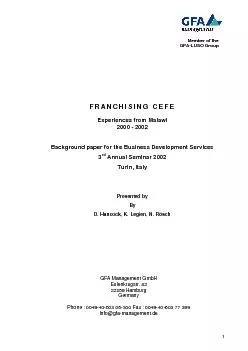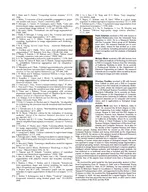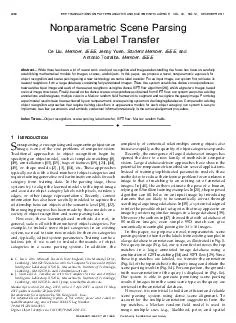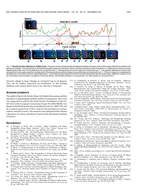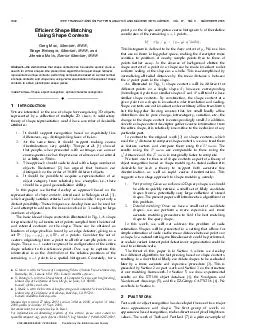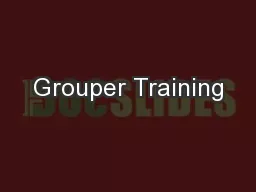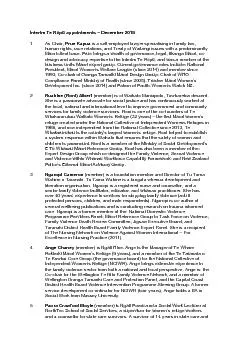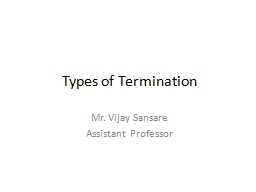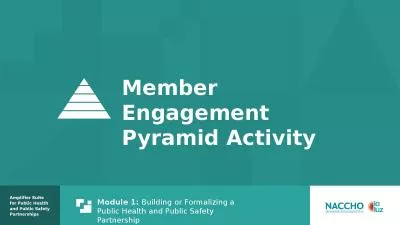PDF-1 Member of the GFALUSO Group
Author : impristic | Published Date : 2020-11-20
FRANCHISING CEFE Experiences from Malawi 2000 2002 Background paper for the Business Development Services 3 Annual Seminar 2002 Turin Italy Presented by By D Hancock
Presentation Embed Code
Download Presentation
Download Presentation The PPT/PDF document "1 Member of the GFALUSO Group" is the property of its rightful owner. Permission is granted to download and print the materials on this website for personal, non-commercial use only, and to display it on your personal computer provided you do not modify the materials and that you retain all copyright notices contained in the materials. By downloading content from our website, you accept the terms of this agreement.
1 Member of the GFALUSO Group: Transcript
Download Rules Of Document
"1 Member of the GFALUSO Group"The content belongs to its owner. You may download and print it for personal use, without modification, and keep all copyright notices. By downloading, you agree to these terms.
Related Documents

